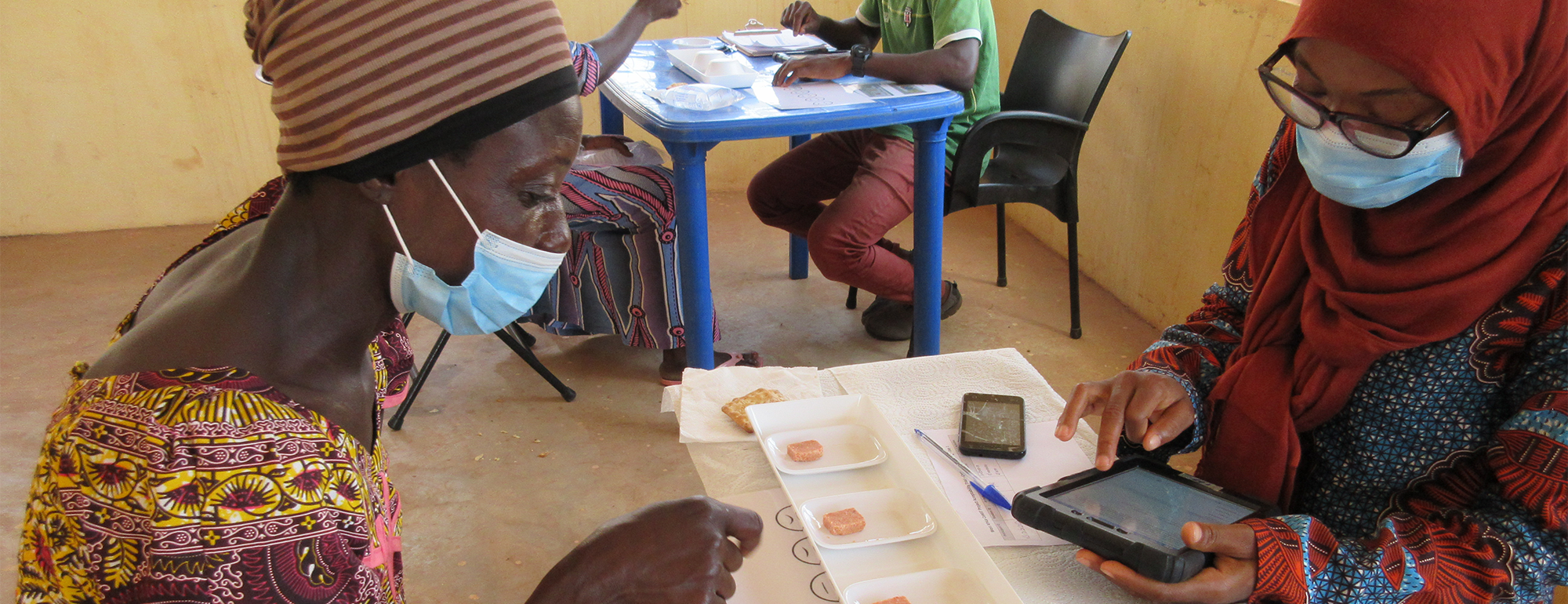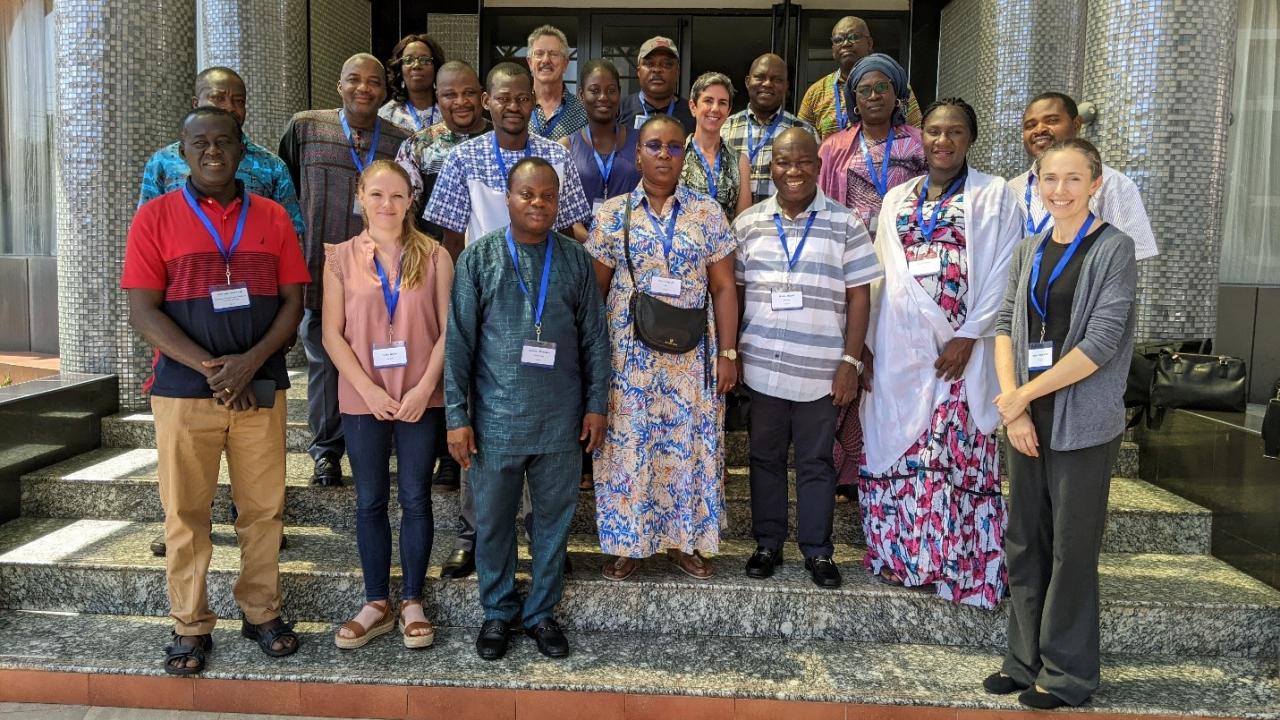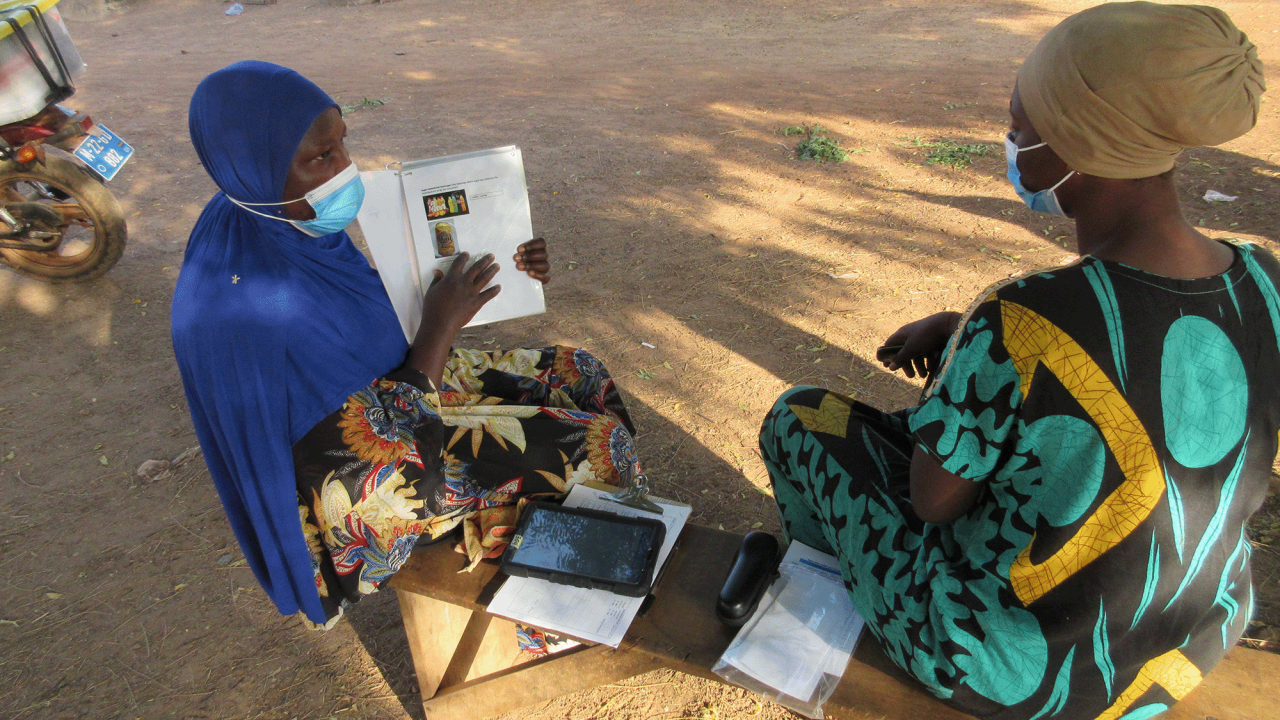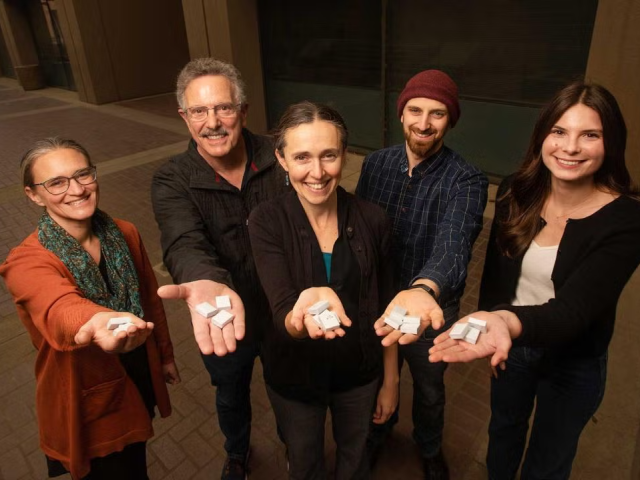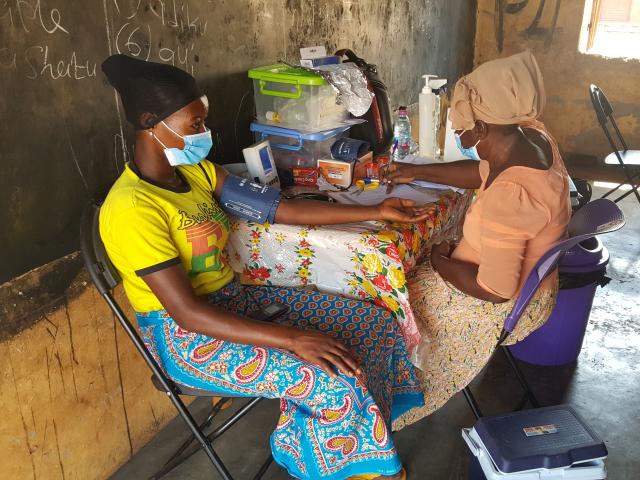Reducing micronutrient deficiencies through fortified bouillon
The CoMIT project is testing the impact of fortified bouillon use, compared to that of control bouillon, on micronutrient status among women and young children in northern Ghana in a randomized, controlled trial. The project is also assessing the effective coverage, costs, cost-efficiency, and cost-effectiveness of this new micronutrient delivery vehicle vis à-vis other (traditional) vehicles and micronutrient programs at national and regional levels.
The CoMIT project is funded by Helen Keller International through the support of the Bill & Melinda Gates Foundation.
Why assess bouillon fortification?
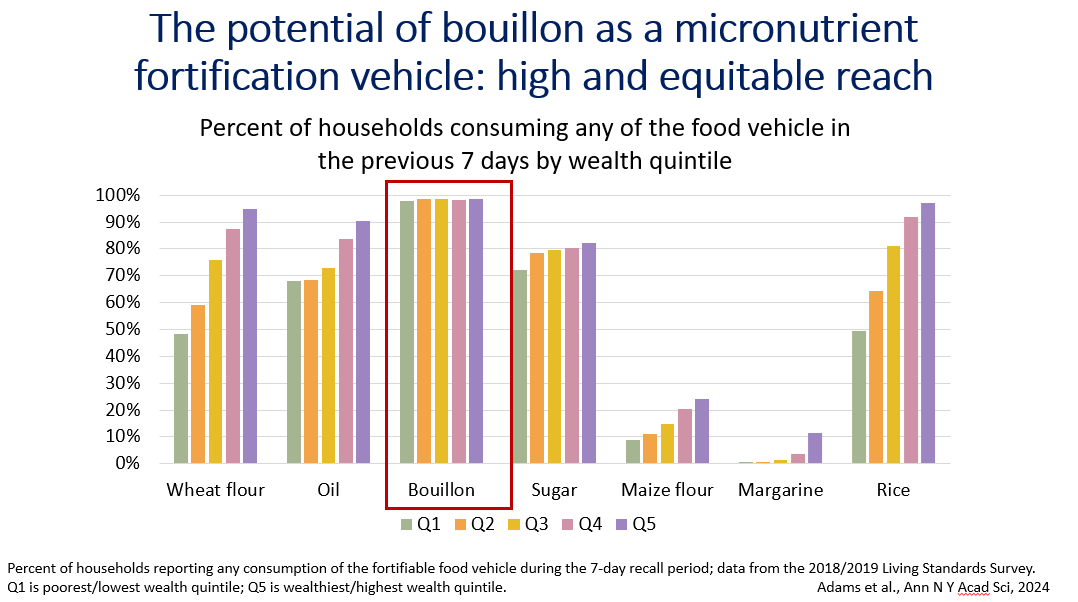
Micronutrient deficiencies are widespread in West Africa, particularly among young children, pregnant and lactating women, and women of reproductive age. Consequences can include impaired growth and development, and increased morbidity and mortality among infants and young children.
Bouillon cubes are widely consumed in West Africa, reaching communities where availability or consumption of other fortified foods is limited. Bouillon therefore holds great potential for addressing micronutrient deficiencies and their consequences in the region. While some commercial bouillon is fortified on a voluntary basis with 1 or 2 micronutrients, until recently limited information was available on the potential benefits or costs of multiple micronutrient-fortified bouillon.
